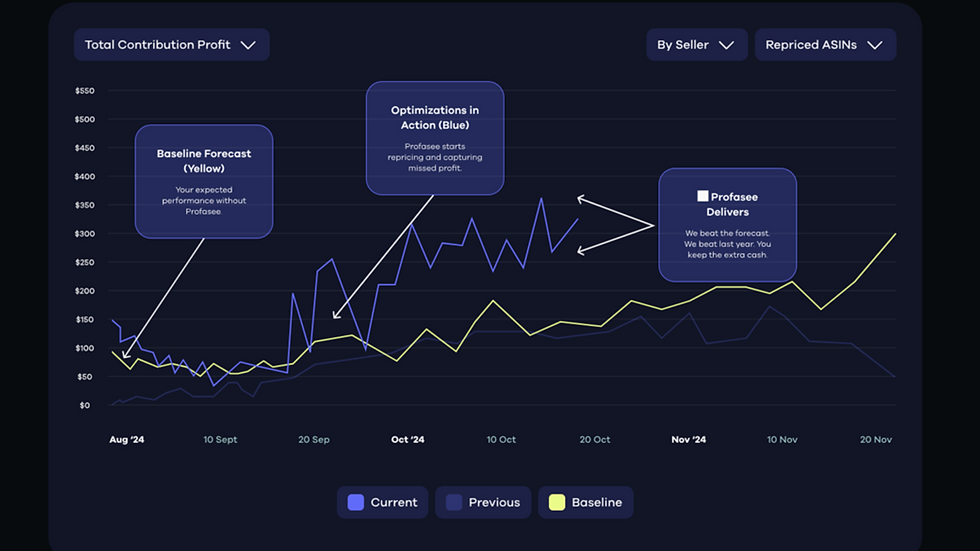Why Are Shipping Documents Essential To Your Amazon Reimbursements?
- Lee Loree - Seller Investigators

- Feb 17, 2023
- 3 min read
Guest Post By: Lee Loree - Co-Founder of Seller Investigators

Seller Investigators is the industry leading inventory audit and recoveries specialist for FBA sellers. We recover more than $2 Million for almost 2,500 FBA sellers every month.
There are numerous ways you can lose money throughout the FBA process. Units might be lost by carriers in transit or even at the Amazon fulfillment center itself, or they may get damaged during handling at any stage of their journey. It’s just part and parcel of being an FBA seller.
But there’s no need for you to lose money because of it. Amazon admits they make mistakes while handling millions of products on a daily basis and will reimburse you when the inevitable happens.
Amazon’s Official Line on Reimbursements
If your FBA registered product is lost or damaged by Amazon, or one of their carriers, and they haven’t replaced that item with a new one of the same FNSKU within 30 days, you can file a claim for reimbursement (or have an Amazon approved recoveries specialist do so on your behalf).
What Are Missing Amazon Inbound Shipments?
We’ve already identified how your inventory might get lost or damaged, but another area that can cost you even more money is when shipments to the Amazon fulfillment center go missing. These are called Missing Inbound Shipments and occur in a number of scenarios.
Missing Units: Not all units shipped are reconciled in the warehouse. For example, units are incorrectly scanned upon receipt.
Lost By Carrier: Amazon’s carrier loses (some or all of) your units in transit. This is especially common with small parcel shipments.
Stock Adjustment: Upon shipment being closed and confirmed, the inventory level does not match the number of units shipped. There are many potential reasons for this.
Here’s Where Your Shipping Documents Come In
Reimbursements for Missing Inbound Shipments is a more involved process in terms of Amazon requirements as you’ll need to provide shipping documents to support your case. These can include a BOL (Bill of Lading), Packing List, Invoices, etc.
The danger is, if you can’t provide these documents to support your claims within Amazon’s maximum filing period of 9 months (6 months in Europe), your claim for reimbursement will expire and that money is lost forever.
This can easily cost you tens of thousands of dollars throughout the year. And more frustratingly, it’s money you absolutely shouldn’t be losing.
3 Recommendations for Managing Your Shipping Docs
As the old saying goes; Proper Planning Prevents Poor Performance. Having a shipping document management SOP in place will help you avoid such unnecessary losses. Here are 3 SOPs you can quickly and easily introduce an implement.
1. Create and maintain a database for storing all your invoices to enable quick and easy reference.
2. Categorize your invoices by shipment, item and date so that whenever any reimbursement claim requires a document, you can locate and can provide it immediately.
3. Create and maintain a shipping master list detailing when a product order was placed, which store it’s for and the quantity ordered.
Hopefully these steps will increase your success in filing Amazon reimbursements claims and help you get your money back even faster.
Seller Investigators is a proud member of the Carbon 6 Amazon ecosystem and manages reimbursements for the top 1% of Amazon entrepreneurs. Why not take advantage of their Free Audit and find out how much Amazon might owe you?
About the AccrueMe Guest Post Author…

Lee Loree is the Co-Founder of Seller Investigators, a proud member of the Carbon 6 Amazon ecosystem.
Lee is a seasoned entrepreneur with 25+ years of experience in durable goods and SaaS software.





Comments